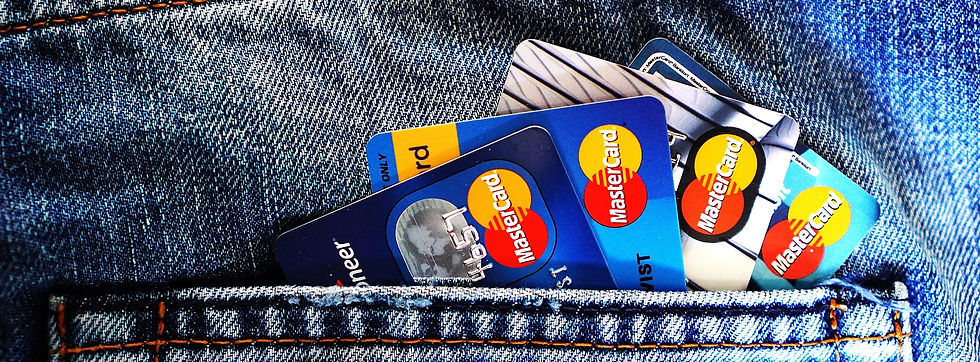Banking & Foreign Exchange for Travellers in South Korea
- Joanne Colman-Bown
- Jul 1
- 2 min read
South Korea is a modern, dynamic destination with a well-connected banking system. But if you’re visiting for the first time, navigating currency exchange, ATMs, and payments can still be a bit tricky. Here’s a simple guide to help you spend smart while enjoying everything from Seoul’s busy markets to peaceful countryside temples.

💱 Currency
The official currency in South Korea is the South Korean Won (₩). You’ll see notes in denominations of ₩1,000, ₩5,000, ₩10,000, and ₩50,000, and coins for ₩10, ₩50, ₩100, and ₩500. Make sure to familiarise yourself with these, especially the ₩10 and ₩100 coins—they come in handy at vending machines and convenience stores.
💳 Cards vs. Cash
South Korea is a highly digital society, and credit/debit cards are accepted almost everywhere—from restaurants to department stores. However, cash is still king in certain situations. Small businesses, traditional markets, street food vendors, and some taxis may not accept cards.
Cards are widely accepted: Most shops, cafes, restaurants, and transport systems accept Visa and Mastercard.
BUT cash is still essential for:
Smaller markets (especially traditional ones)
Rural areas
Taxis (some don’t take cards)
Street food stalls
💡 Tip: Always carry between ₩50,000–₩100,000 in cash for backup, especially if you're heading to more rural areas or using transport options outside the city. and... Apple Pay is not widely available. Make sure you have physical cards wit you!

🏧 ATMs
Many Korean ATMs don’t accept foreign cards, so it’s important to look for Global ATMs, which are commonly found in convenience stores like 7-Eleven, CU, and GS25, as well as inside major banks like Woori or Shinhan.
Expect a withdrawal fee of ₩3,000–₩5,000, and note that most machines offer English, Chinese, and Japanese language options.
Language support: English, Japanese, Chinese available on most machines
💡 Tip: Avoid ATMs in remote areas or tiny convenience stores, as they may not support international cards.
🔄 Currency Exchange
If you prefer exchanging cash over using ATMs, South Korea offers several good options:
💸 Best exchange rates are typically found in Myeongdong (especially in Seoul), where you’ll find reliable street-level currency exchanges.
🛫 Incheon Airport has the convenience factor but slightly lower rates.
🏦 Banks are secure and official, but the process can be slower and usually requires your passport.
Always ask for a receipt in case you want to convert unused Korean Won back into your home currency before you leave.

💼 Prepaid Travel Cards
For travellers who want to avoid carrying too much cash or paying foreign transaction fees, prepaid travel cards are a great solution. Services like Wise or Revolut let you
Load money in your home currency
Convert to KRW with low exchange fees
Tap to pay just like a local
These cards are ideal for contactless payments in subways, cafes, and shops.
💡 Quick Tips
💰 Avoid airport ATMs for large withdrawals – high fees!
📱 Use apps like XE or Naver Map to find nearby Global ATMs
🧾 Keep receipts if you plan to exchange leftover KRW before leaving
⚠️ Some Korean credit cards use a chip + PIN + signature system — foreign chip-and-pin cards may need a backup plan if declined




